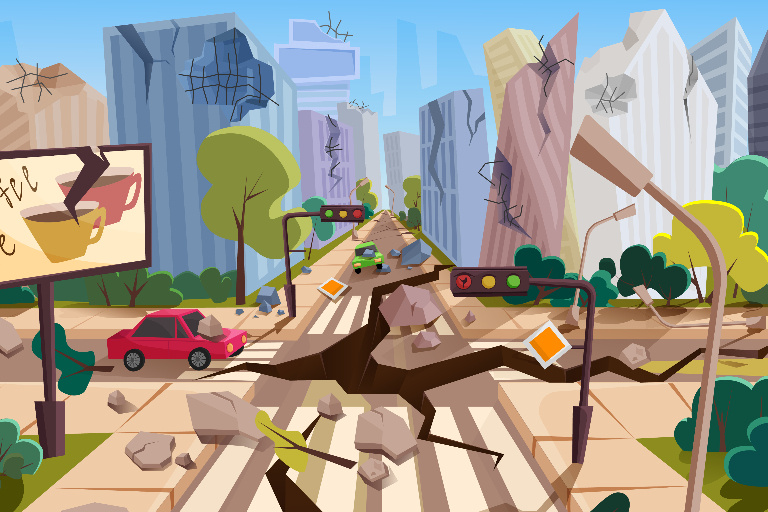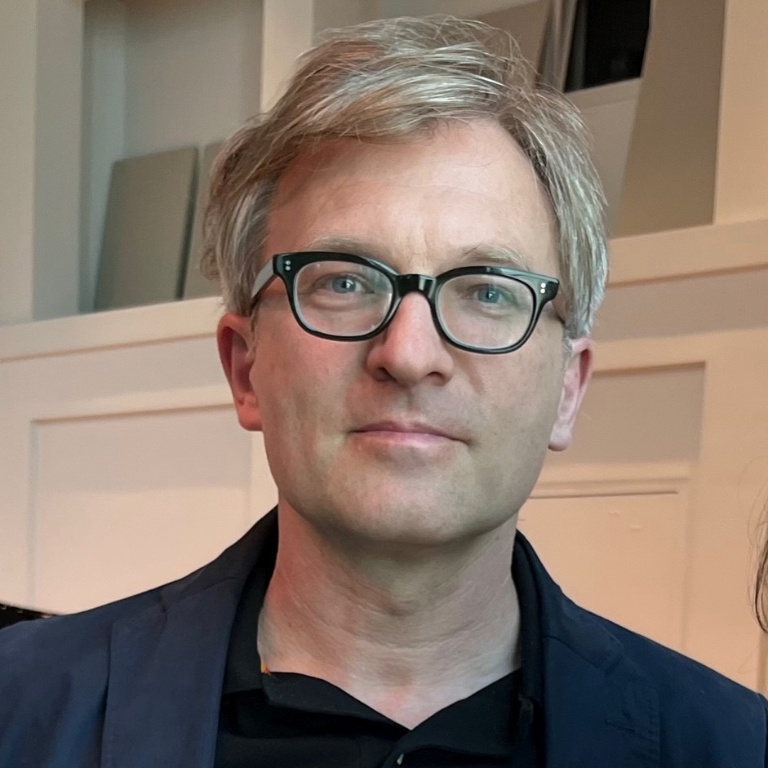
Accident, Catastrophe and Trauma in Literature and Film

Johannes Turk
Germanic Studies
Accidents and catastrophes are dramatic events that challenge individual and collective life. They break the protective shields that ward off the threats surrounding us. Their impact calls upon psychological and cultural coping mechanisms and forces us to reconfigure our lives that will never be the same. How have cultures dealt with the unexpected breakdown of order and normality? This course imparts a critical knowledge about the models according to which narrations about these events are formed and asks how literature and film can help to cope with disasters. Art has an immunological function: The stories we tell ourselves help integrate and make sense of what has previously mutilated us. They also anticipate possible future accidents and enable us to cope with them. In Modernity, accident and catastrophe – both previously interpreted as destiny – change their meaning. They stand for contingency and represent a risk inherent in our way of life. Urban spaces, modern working environments, and new means of transportation such as trains and the automobile make accidents more probable and ubiquitous. The course will examine how filmic and narrative representations integrate the disintegration and violence inherent in our world. Accidents are sources for artistic productivity. We will read short texts from the Bible, Montaigne, and Heinrich von Kleist to Franz Kafka and Thomas Mann, and discuss films from Buster Keaton to Brian de Palma. The course is therefore also an introduction to major works of the Western literary and cinematic tradition.
Virginia Woolfe, Mrs. Dalloway, Oxford World Classics; ISBN 9780192859853
All other texts and materials will be provided on Canvas.
Catalog Information: HON-H 233 GREAT AUTHORS, COMPOSERS AND ARTISTS

